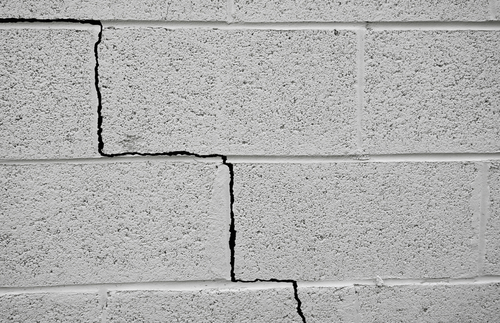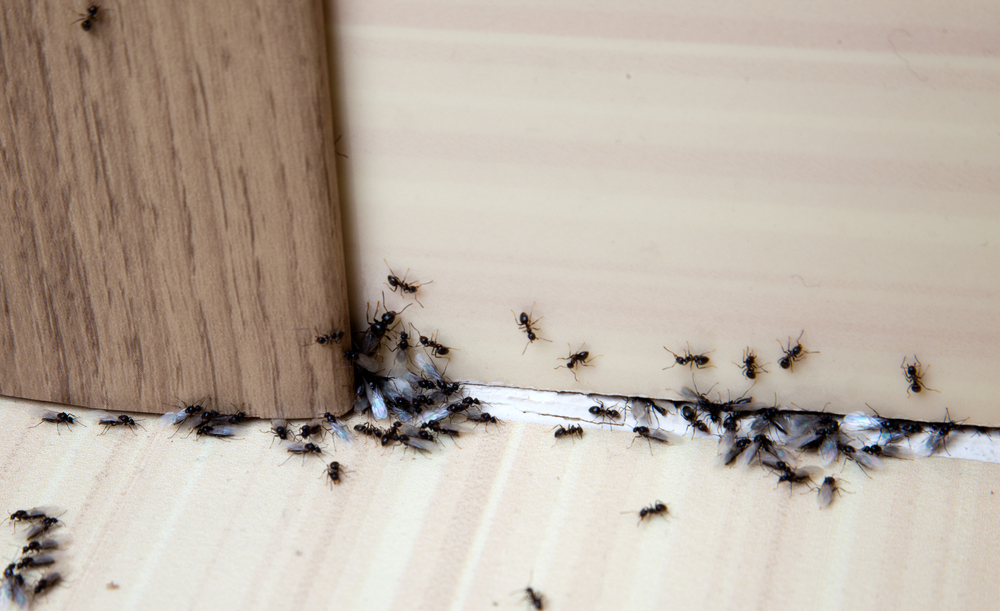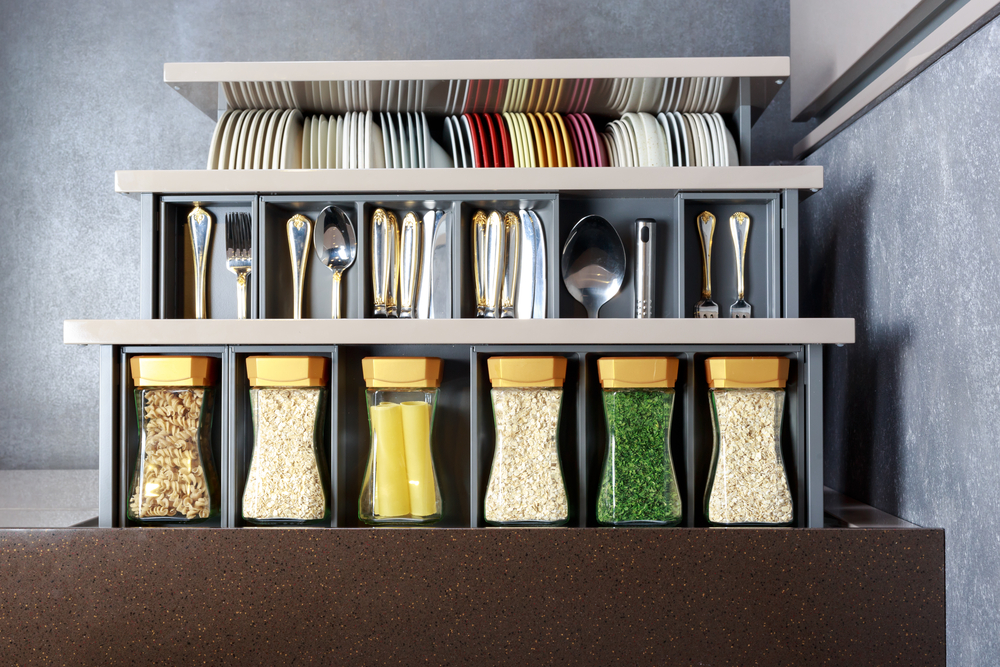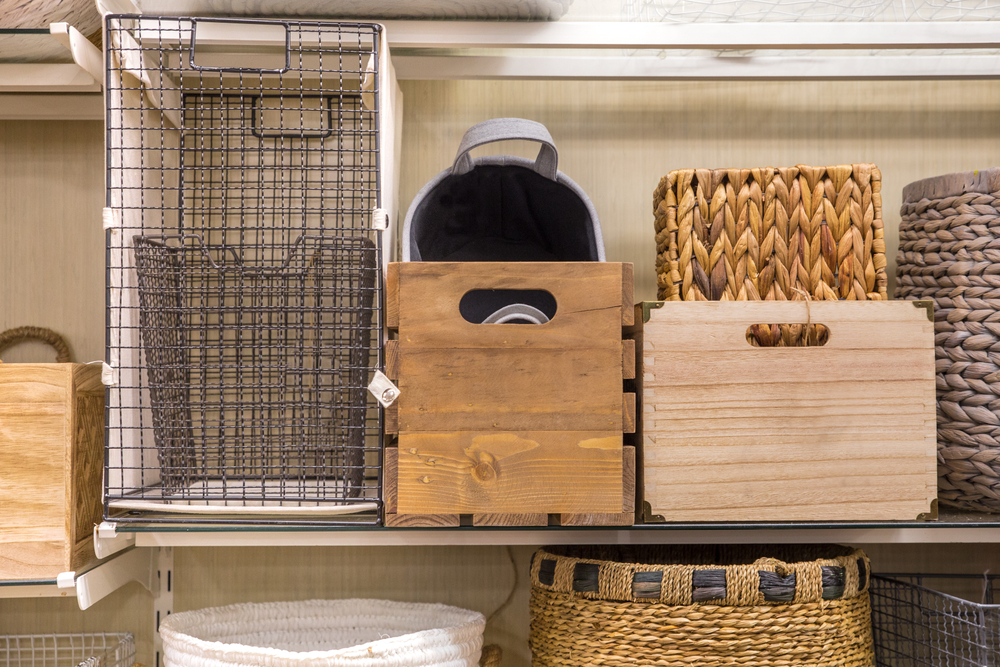Shopping for a new home can be a very exciting time – a very exciting, nerve-racking time. Whether you’re in the market for your first house or you’re looking for the home you will end up retiring to, there are some home buying deal breakers to consider when shopping for a new house.
1. Home Value of Surrounding Houses
In order to gauge the true value of a home, it pays to take into consideration where the neighborhood is going. If the house seems like a steal but is still one of the more expensive homes in the neighborhood, take this into consideration.
2. How the School District is Ranked
While we’d all love to be able to help support lower-performing schools, the sad truth is that these underperforming schools will impact the resale value of your home. Before pulling the trigger, you check out the ranking of your school district with a tool such as Niche.
3. Flood Risk
It is true that there’s no place like home – a feeling the imbues us with sincerity. What doesn’t fill us with sincerity is when our backyard turns into a pond. That incredible deal of a home may very well be built in a flood zone. In order to gauge the likelihood of your investment washing away, FEMA has put together a very handy Flood Map Service Center.
4. Structural Damage
If the floors of the home you’re visiting don’t seem quite level or you notice actual cracks in the base of the house you’re thinking about making an offer on, definitely bring this up to the realtor. When touring the house, check to see if the doors open and close easily as this can be impacted by structural damage to a home – one of the most frustratingly expensive fixes to houses, if fixable at all. In the end, it pays to have any home professionally inspected for structural damage.
While these are just a handful of home buying deal breakers to consider, there are many others that you will want to discuss with your realtor and home inspector. Buying a home is an investment – an investment you want to last with a great possible resale value. In these instances, you cannot afford to avoid the home buying deal breakers.
What are some house hunting deal breakers you would add to this list?












